Contents
Nubian Museum | Introduction
When you visit Aswan, it's essential to learn about the local Nubian culture. The Nubian Museum in Aswan (Nubia Museum), opened in 1997, was established to preserve the Nubian cultural heritage, which was threatened by the floods caused by the construction of the Aswan Dam. It displays a rich collection of Nubian historical artifacts and is the best museum for learning about Nubian culture and history.
Nubian history dates back over 5,000 years. Although modern Nubians do not have an independent state, Nubian communities are still primarily concentrated in southern Egypt and northern Sudan. During ancient Egypt, Nubia, located at the Egypt-Sudan border, was an important center of civilization with its own language and culture. The Nubians once established a powerful Nubian kingdom and had close cultural and trade exchanges with ancient Egypt. They even once conquered Egypt, founding the 25th Dynasty.
A visit to the Nubian Museum can easily be included in your Aswan itinerary, and it’s recommended to set aside 3 to 4 hours for the visit.
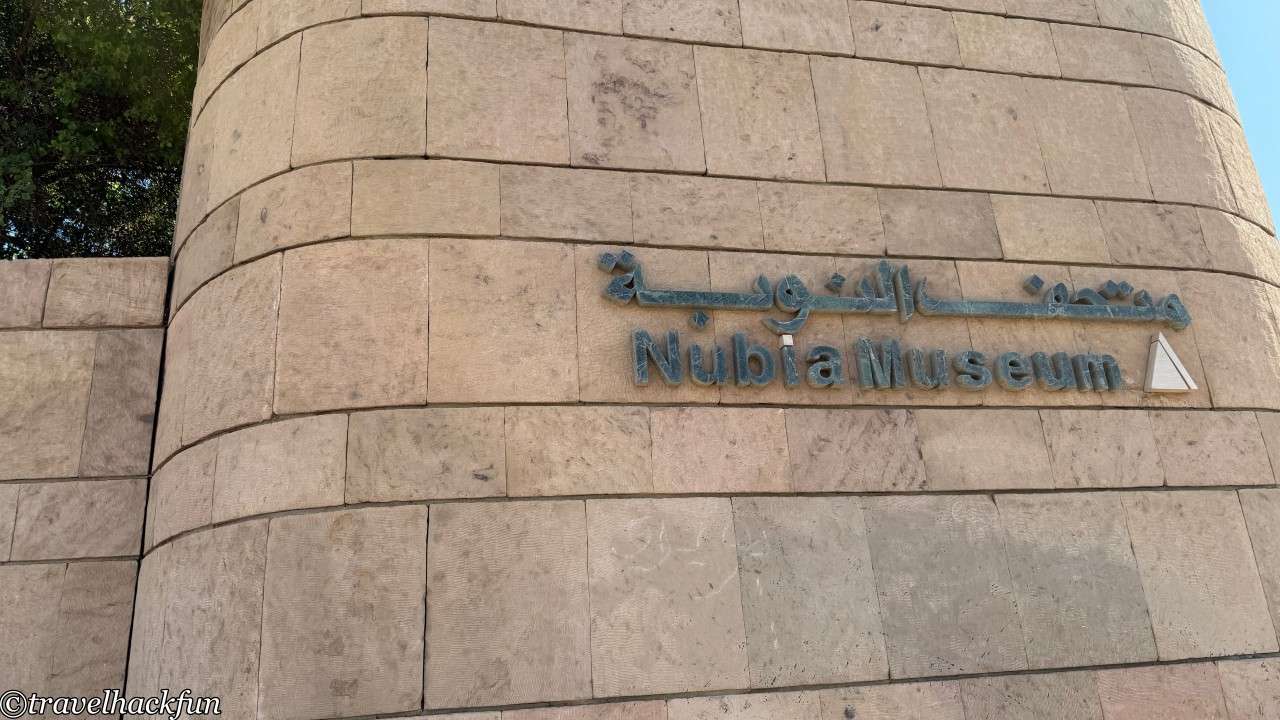
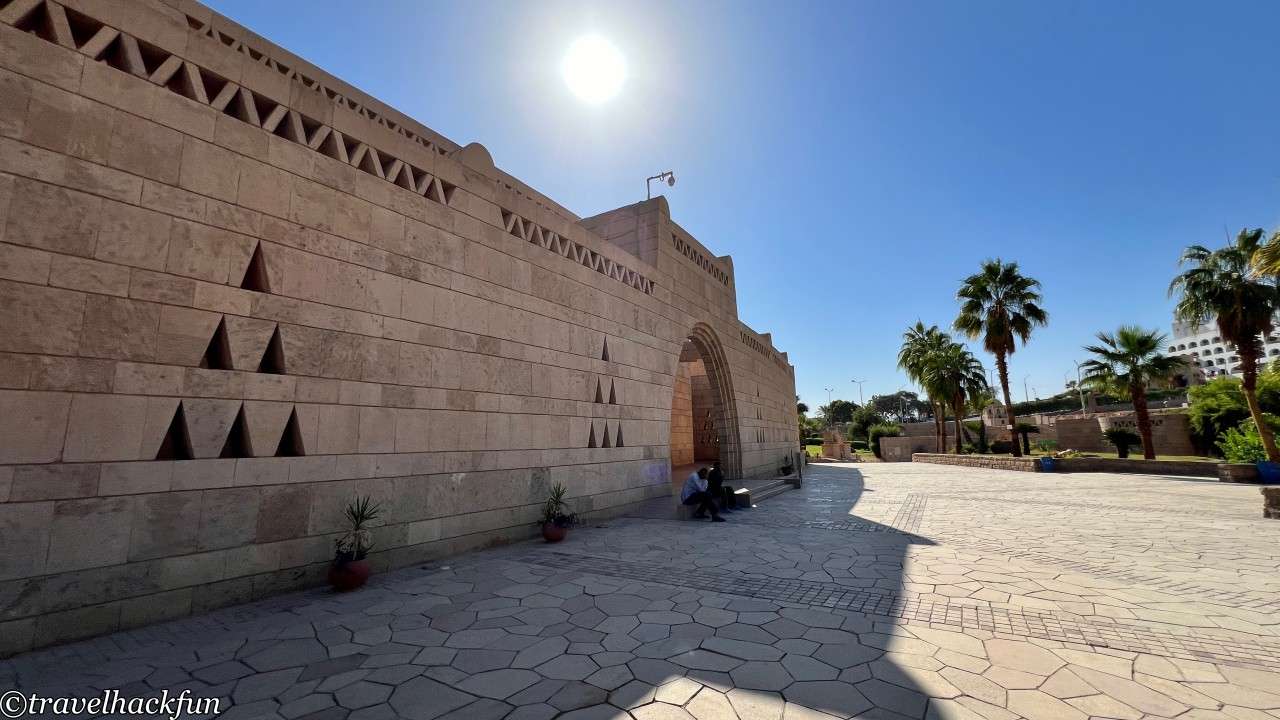
🧳 A full travel resource kit for this topic is currently in the works.
It will include itinerary plans, recommended stays, custom maps, and useful tips.
Nubian Museum | Transportation and Tickets
The Nubian Museum is located in Aswan's city center. Small local buses can reach the area near the museum, but for most tourists, taking a taxi or renting a private vehicle is the usual way to get there from downtown Aswan, which takes about 10 to 15 minutes. For independent travelers, walking from the city center is also an option, but they should be prepared for Aswan's somewhat chaotic streets and hot weather. It’s best to start early in the morning.
As with other Egyptian attractions, ticket prices for the Nubian Museum vary for foreign visitors and local residents. The ticket prices are frequently updated, and currently, the price for tourists is about ten times higher than that for Egyptian residents. Opening hours are usually from 9 AM to 5 PM daily, and during peak seasons, the museum may also be open at night. For the latest ticket information, you can check the official website.
- Hotel search: Agoda
- Activities & tickets: KKday / Klook / TripAdvisor
- Travel credit cards (US only): My card picks + beginner tips
Nubian Museum | Indoor Exhibits
The main indoor exhibits of the Nubian Museum span from the Stone Age to the rise and fall of the Nubian kingdom. The flow of the exhibition begins with the Stone Age, displaying tools and everyday items used by early Nubians. Although Egypt and Nubia were geographically close, they were significantly different in terms of language and culture. Nubians, with darker skin, spoke a language belonging to the diverse African language families, while Egypt was part of the Afro-Asiatic language family. Nubian burial practices were also different from those of ancient Egypt, with people being placed in circular tombs.
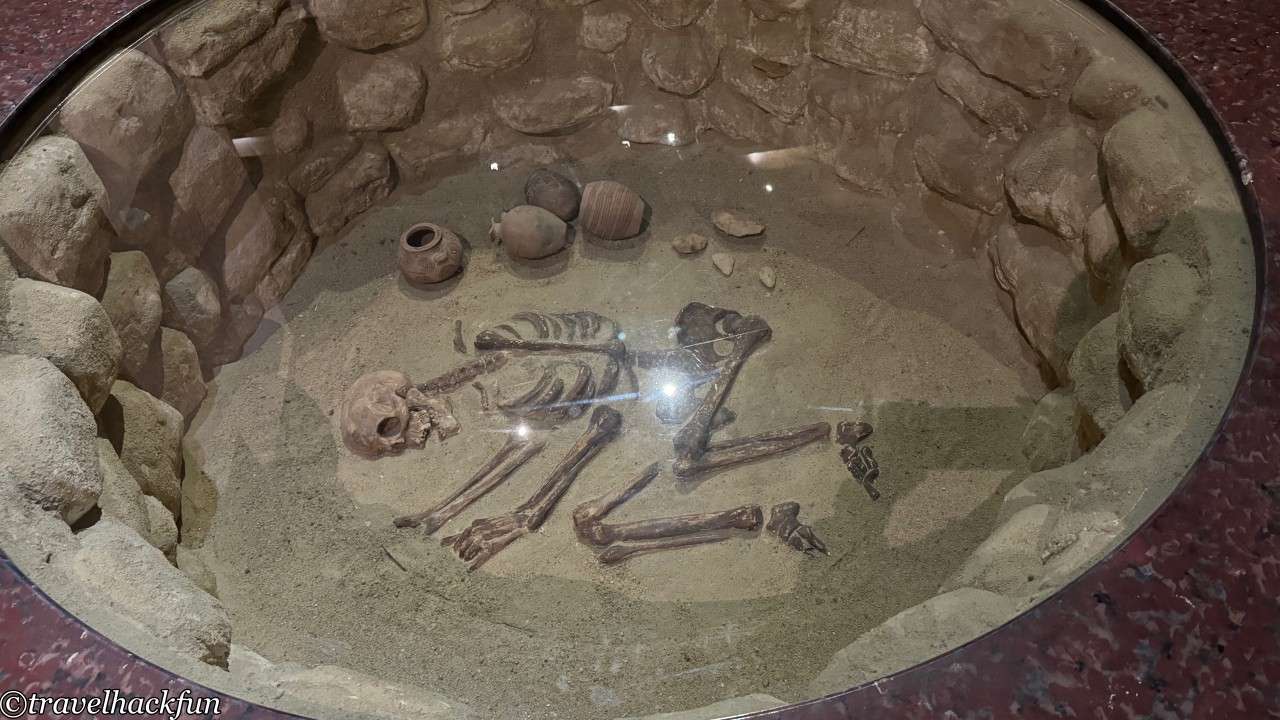
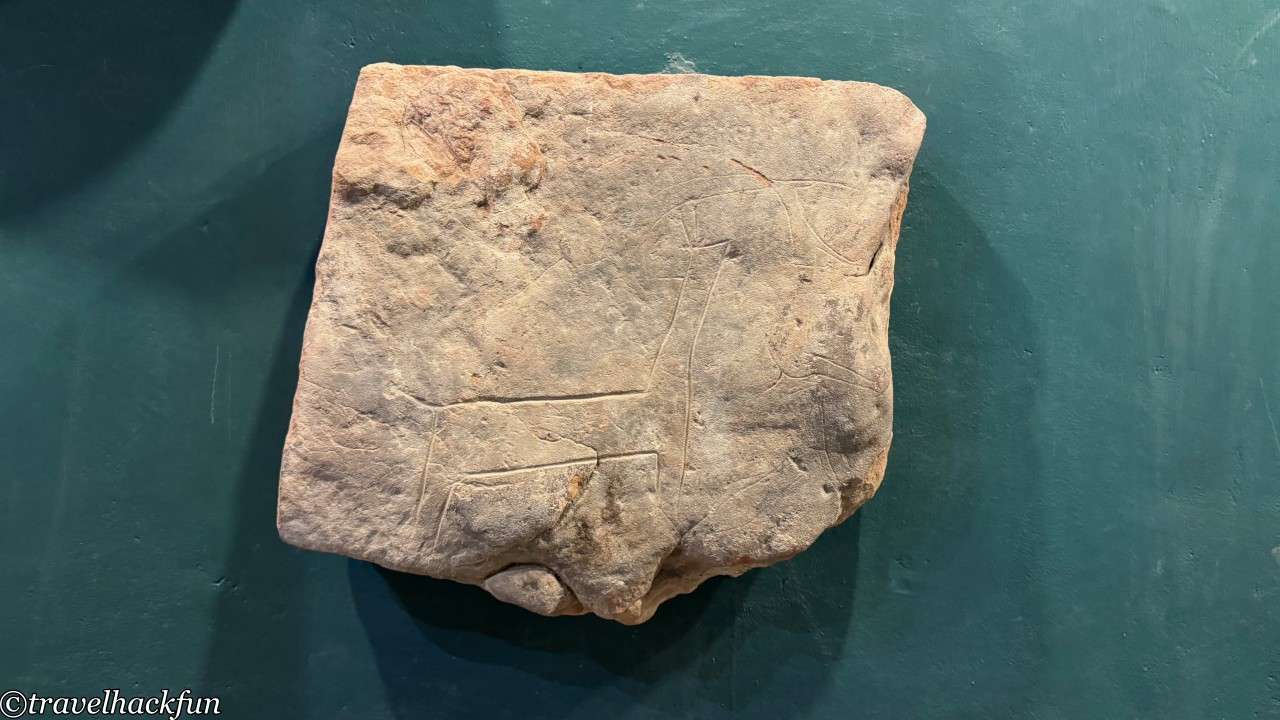
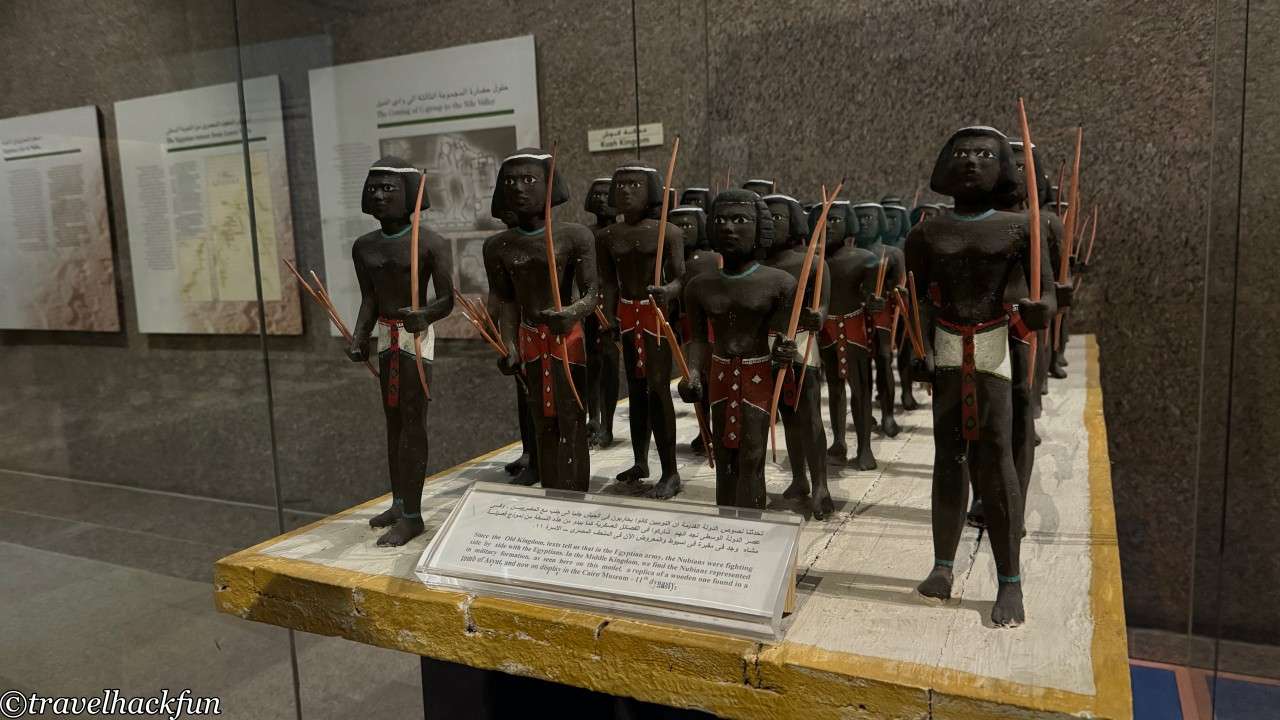
Interactions between Nubia and Egypt began during Egypt's Old Kingdom. Nubia had abundant resources, including gold, spices, timber, and other African products, which were highly valuable to Egypt. Consequently, the Egyptians attempted to control Nubia starting in the Old Kingdom period (especially during the 4th and 5th Dynasties), with initial interactions focusing primarily on trade and occasional military expeditions. During the Middle Kingdom, powerful pharaohs systematically attempted military conquest, marking a period when Nubia’s Kush culture and Egypt often rose and fell in relation to each other. Pharaoh Senusret III of the 12th Dynasty built a series of fortresses along the Nile in Nubia, which served as military bases and trade centers.
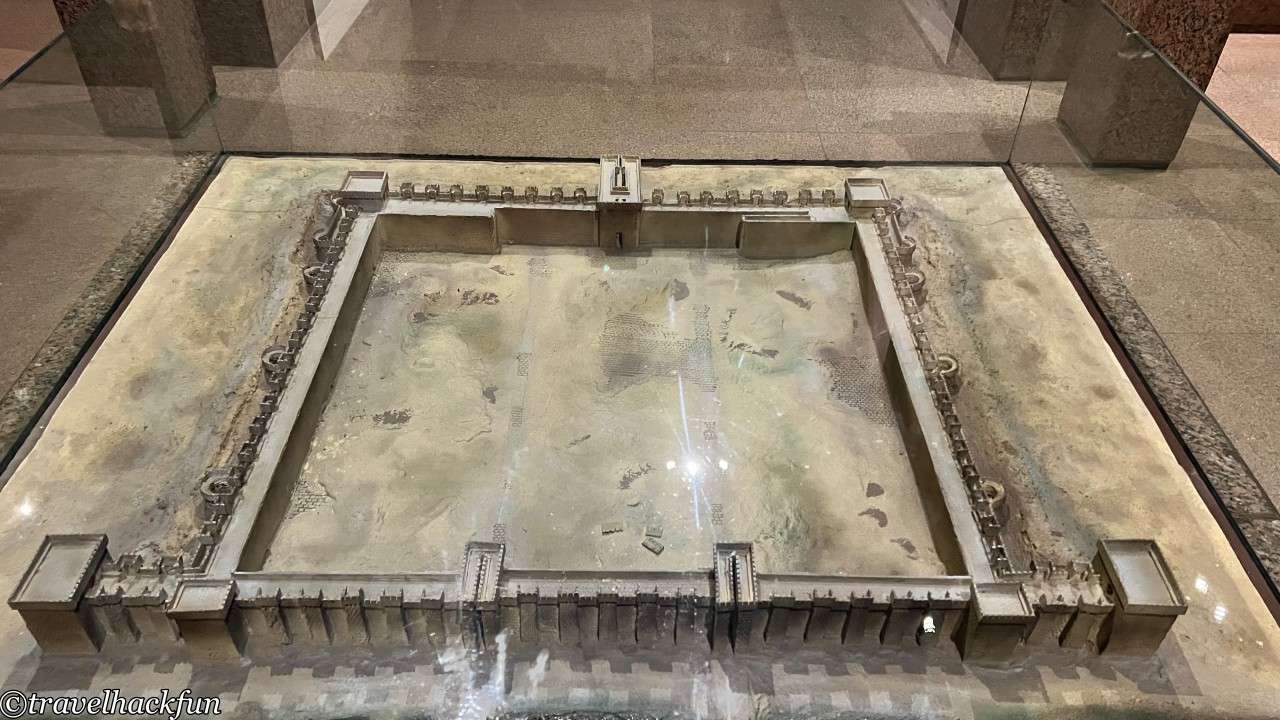
During the New Kingdom, under the reign of Thutmose III and Ramses II, Nubia became an essential part of Egypt’s economic and military structure, becoming a major Egyptian territory governed by a viceroy. The Viceroy of Kush was the third most important official in Egypt, responsible for managing the entire Nubian region. During Ramses II’s reign, Egypt's influence extended as far south as the Fourth Cataract in modern-day Sudan, and monumental temples such as Abu Simbel were constructed, showcasing the deep "Egyptianization" of Nubia during Egypt’s imperial period.
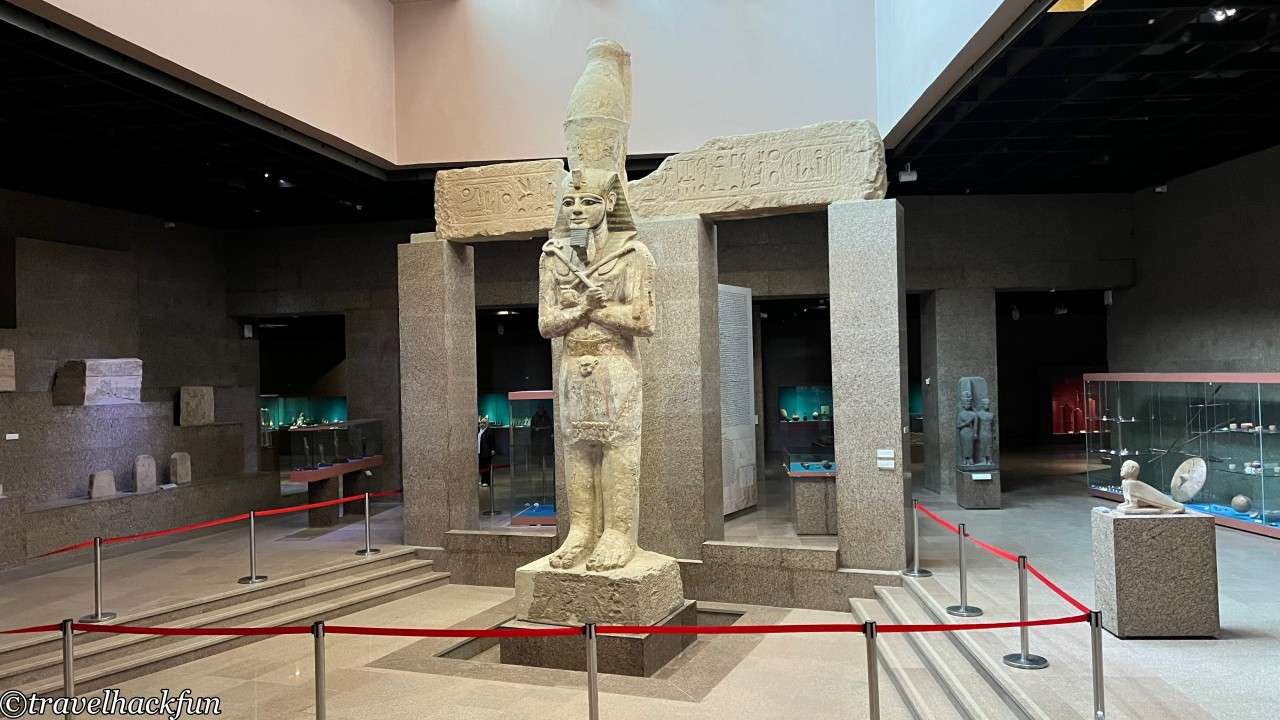
By the end of the New Kingdom, Egypt’s control over Nubia weakened. Around 1050 BCE, the Kingdom of Kush reemerged, and by 900 BCE, it had fully regained control over the Nubian territories that Egypt once held. The Kushite Kingdom is divided into two major periods: the earlier Napatan Period, which lasted until around 270 BCE, centered around the Napata region. Around 747 BCE, the Kushite kings conquered Egypt and established the 25th Dynasty of ancient Egypt.
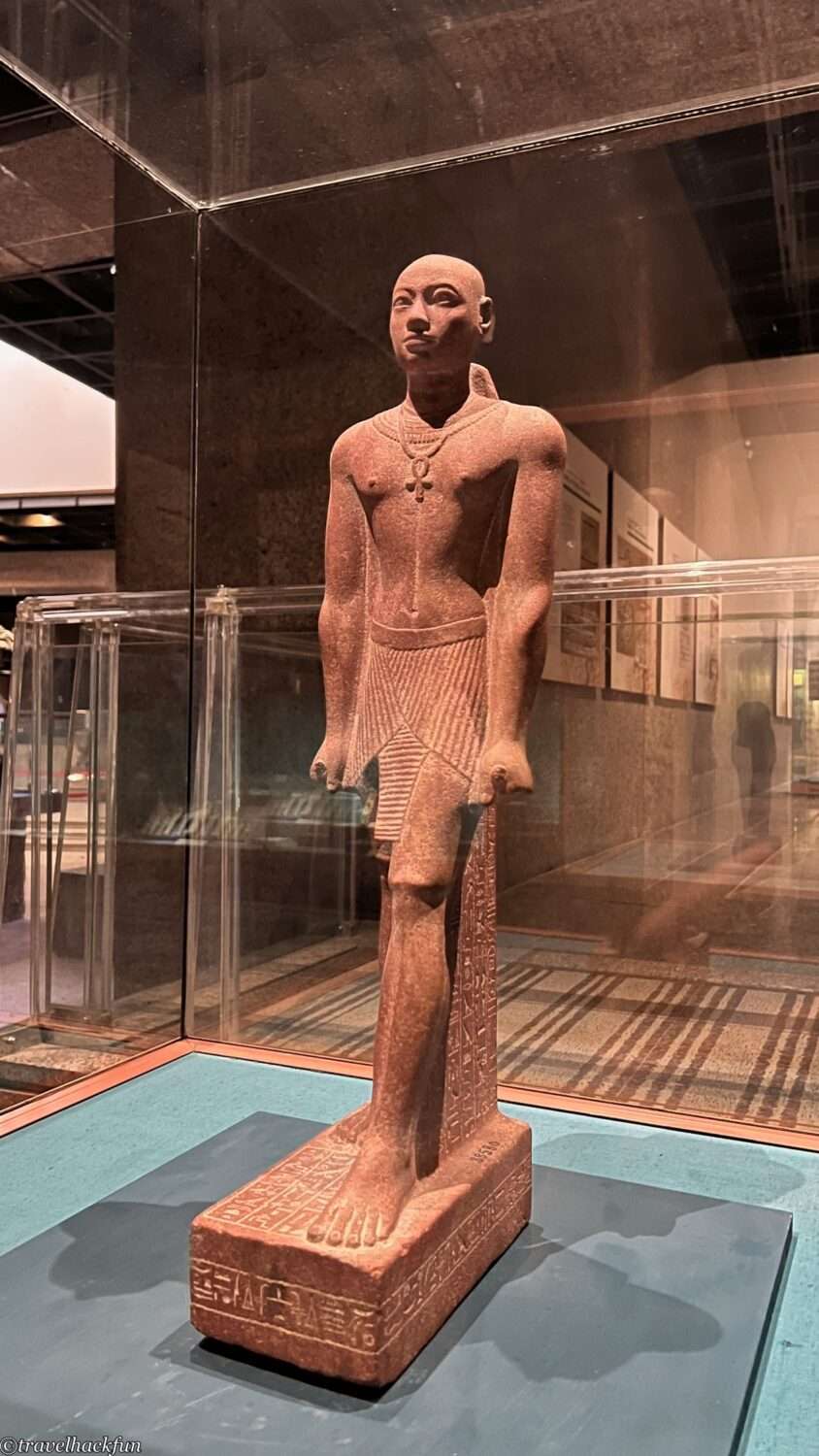
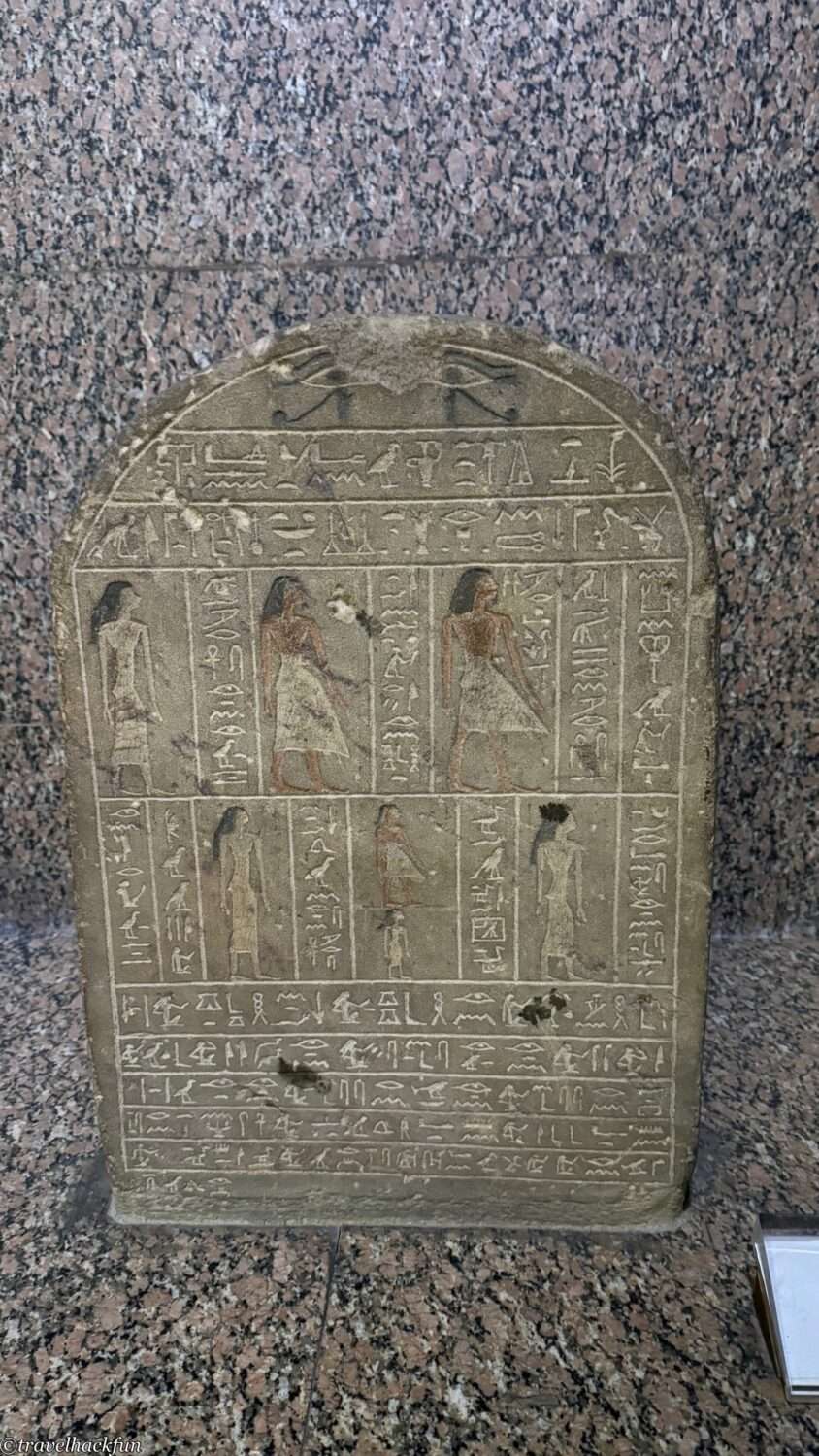
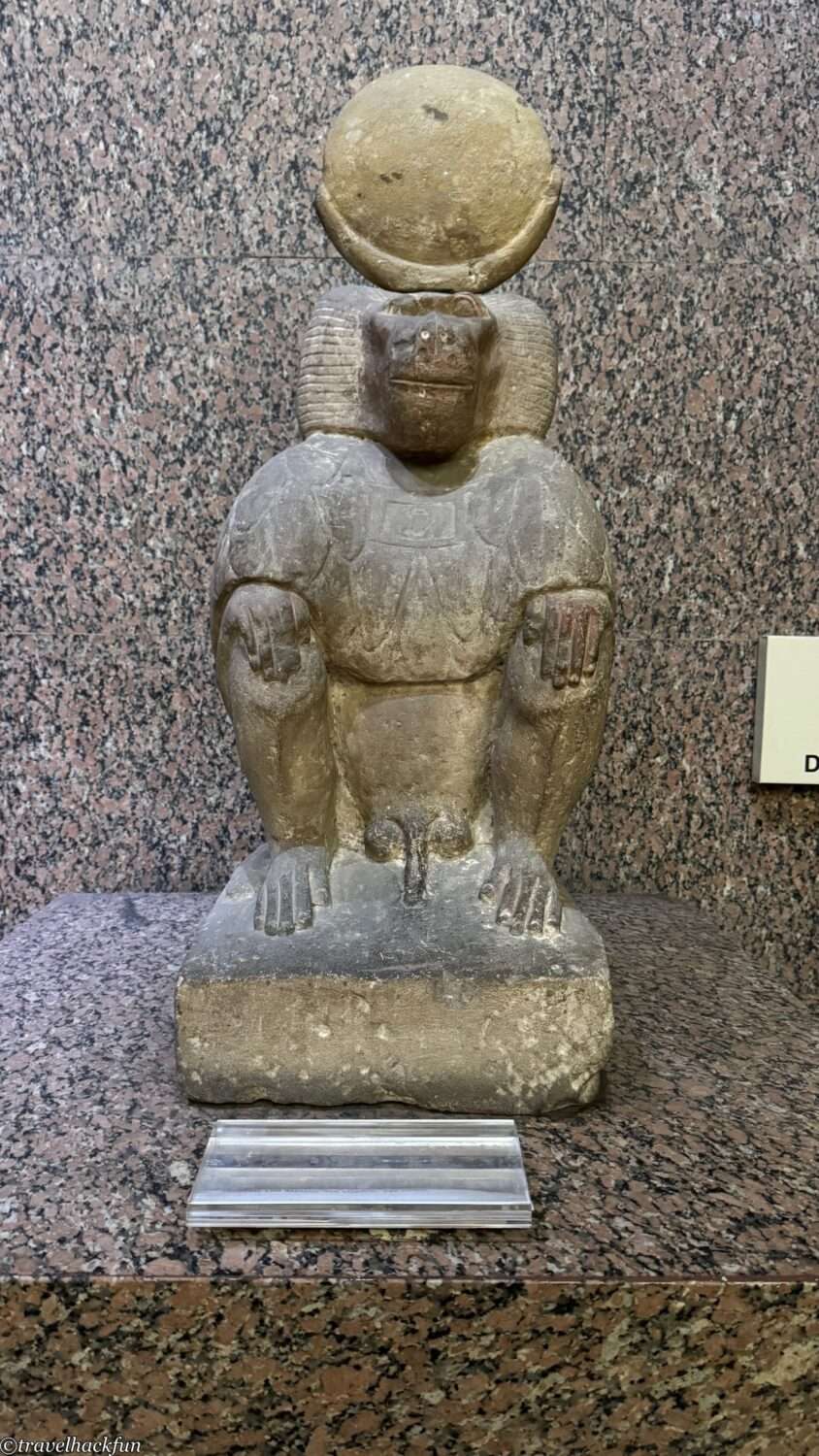
![Egypt Travel] Nubian Museum | Nubian Museum | Step on the footsteps of ancient Nubia 11 Nubian museum, Nubian museum 11](https://blog.travelhackfun.com/wp-content/uploads/2024/08/Aswan-110-844x1500.jpeg)
![Egypt Travel] Nubian Museum | Nubian Museum | Step on the footsteps of ancient Nubia 12 Nubian museum, Nubian museum 12](https://blog.travelhackfun.com/wp-content/uploads/2024/08/Aswan-89-844x1500.jpeg)
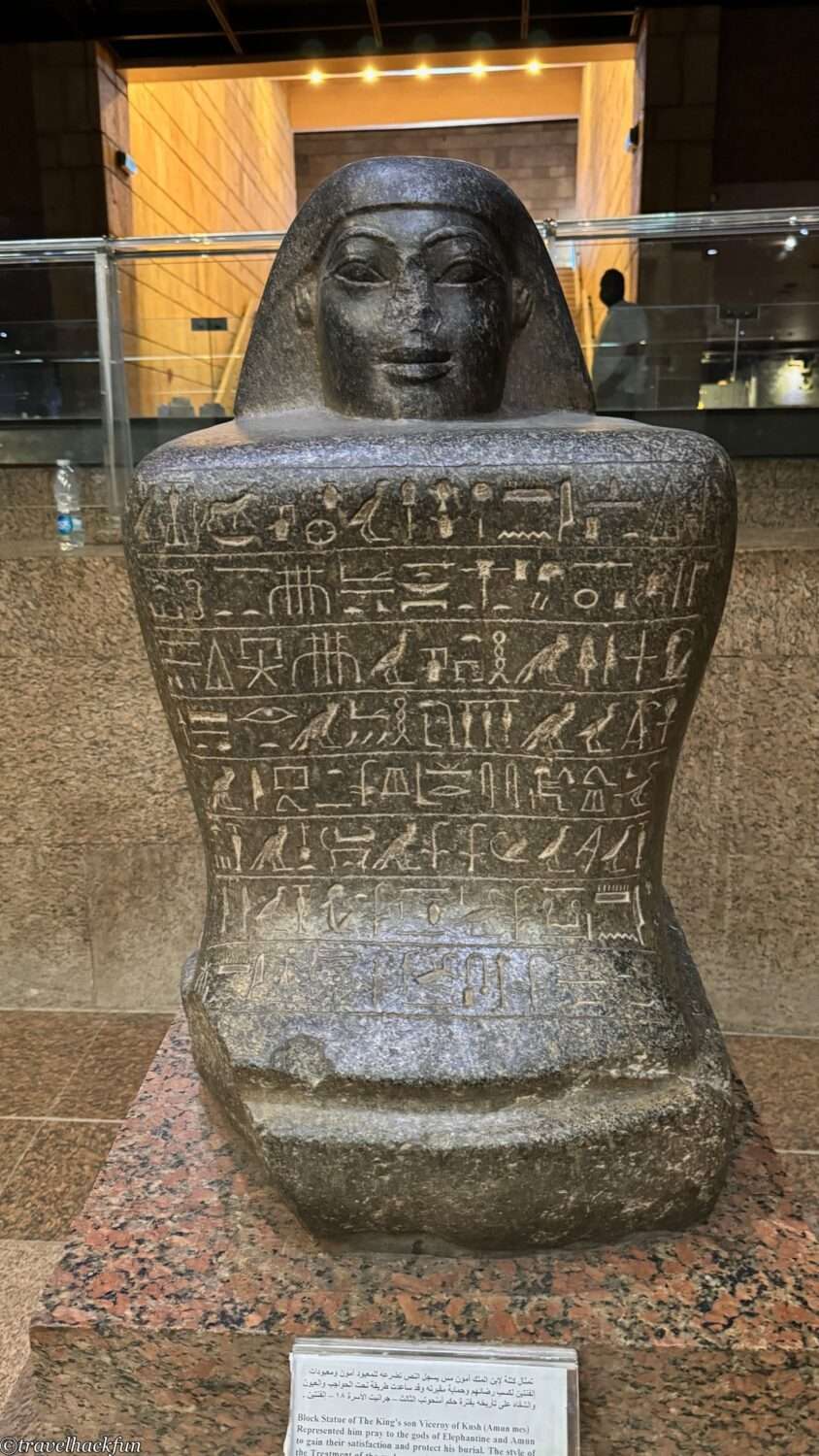
![Egypt Travel] Nubian Museum | Nubian Museum | Step on the Footsteps of Ancient Nubia 14 Nubian museum, Nubian Museum 14](https://blog.travelhackfun.com/wp-content/uploads/2024/08/Aswan-119-844x1500.jpeg)
![Egypt Travel] Nubian Museum | Nubian Museum | Step on the footsteps of ancient Nubia 15 Nubian museum, Nubian museum 15](https://blog.travelhackfun.com/wp-content/uploads/2024/08/Aswan-120-844x1500.jpeg)
After the end of the 25th Dynasty, the center of the Kushite Kingdom shifted southward, beginning the Meroitic Period, which lasted from about 590 BCE to 320 CE. Meroë became the cultural and economic center of Nubia during this period, with the Nubians distancing themselves from Egyptian influence, developing a unique writing system and an iron industry. Meanwhile, Egypt fell under the control of the Persians and Greeks starting from the 27th Dynasty, and Nubia began to culturally drift away from Egypt.
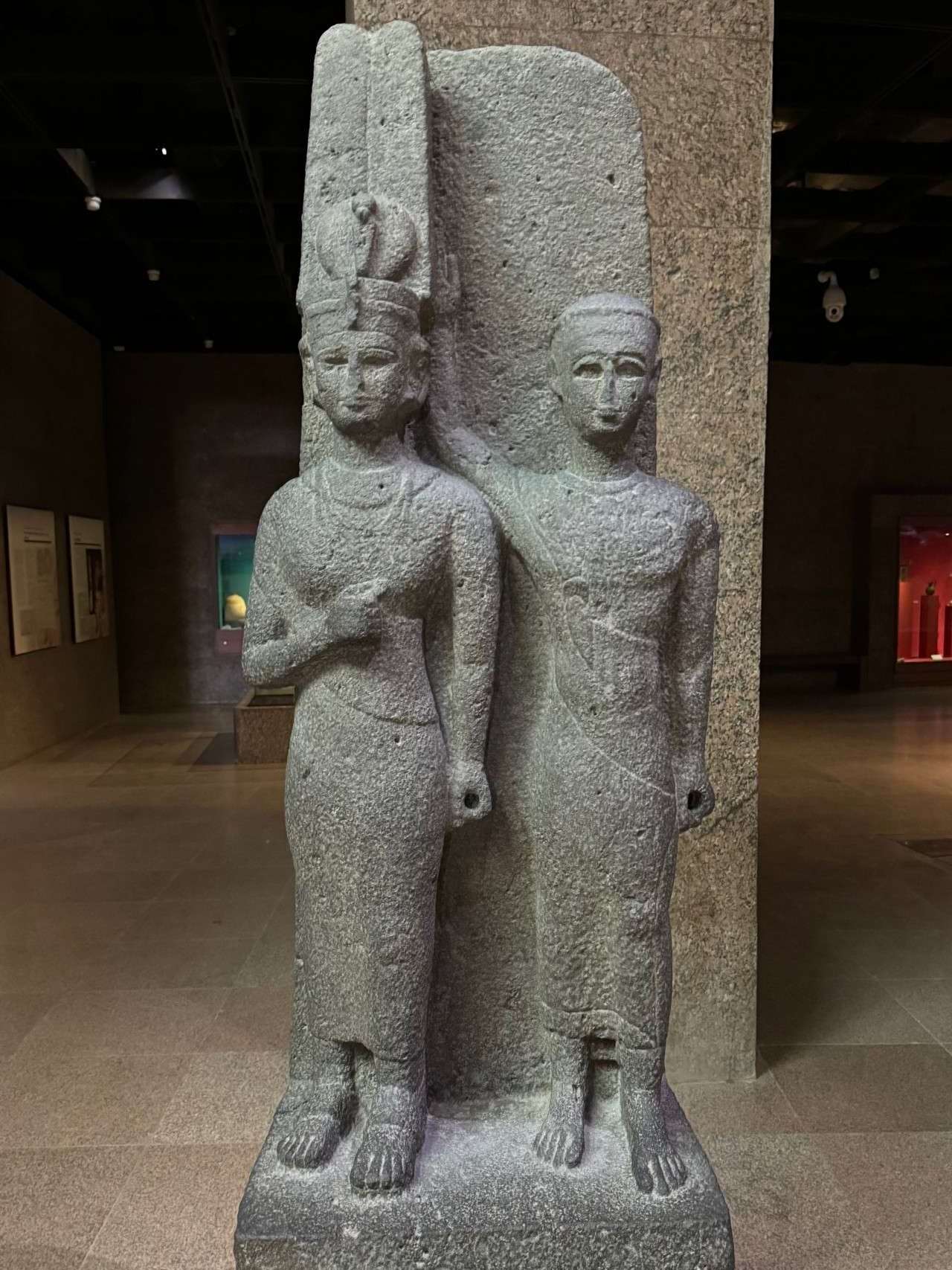
Since the Nubian region had not yet been Christianized, after Roman Emperor Theodosius I issued a decree banning pagan practices within the Roman Empire in 391 CE, Philae Temple in Aswan became one of the last strongholds of pagan beliefs between Egypt and Nubia.
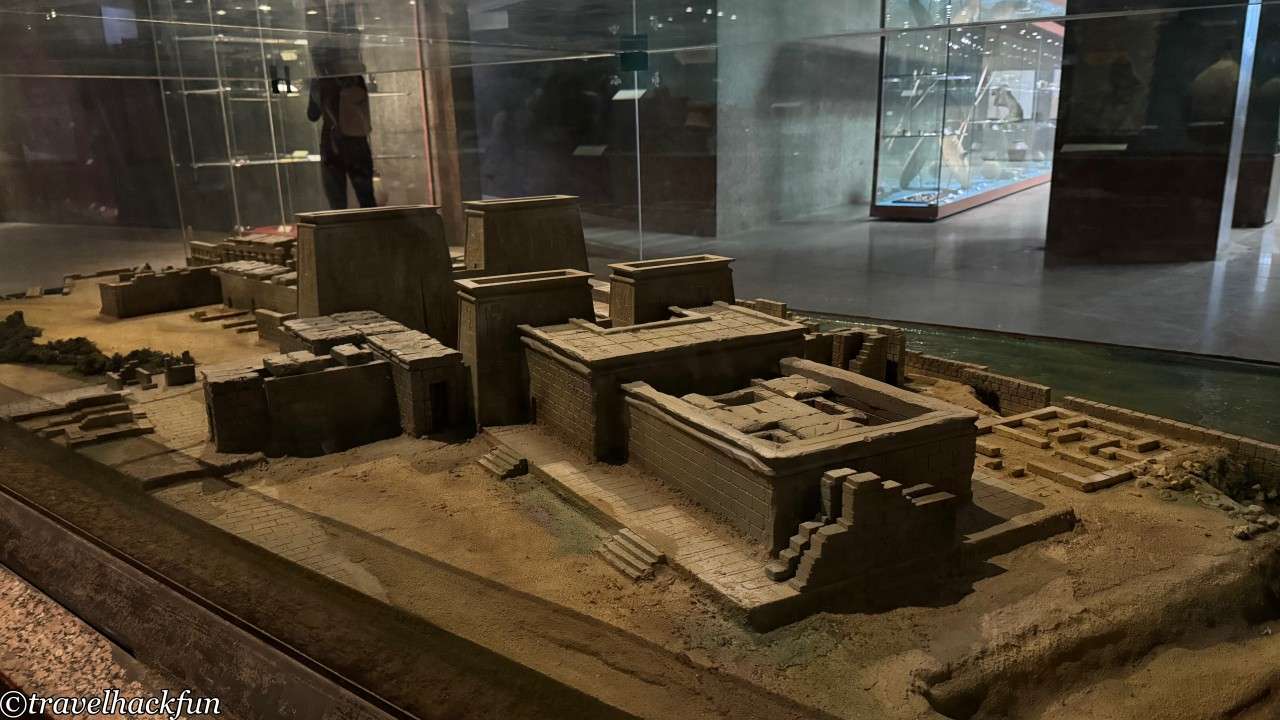
![Egypt Travel] Nubian Museum | Nubian Museum | Step on the footsteps of ancient Nubia 18 Nubian museum, Nubian Museum 18](https://blog.travelhackfun.com/wp-content/uploads/2024/08/Aswan-135.jpeg)
It wasn't until the 6th century CE that Christianity gradually spread to Nubia. Nubia's Christian period began around 543 CE, with its Christian civilization heavily influenced by the Byzantine Empire, particularly in church construction and religious culture, lasting for several centuries.
![Egypt Travel] Nubian Museum | Nubian Museum | Step on the footsteps of ancient Nubia 19 Nubian museum, Nubian Museum 19](https://blog.travelhackfun.com/wp-content/uploads/2024/09/Nubian-museum-1.jpeg)
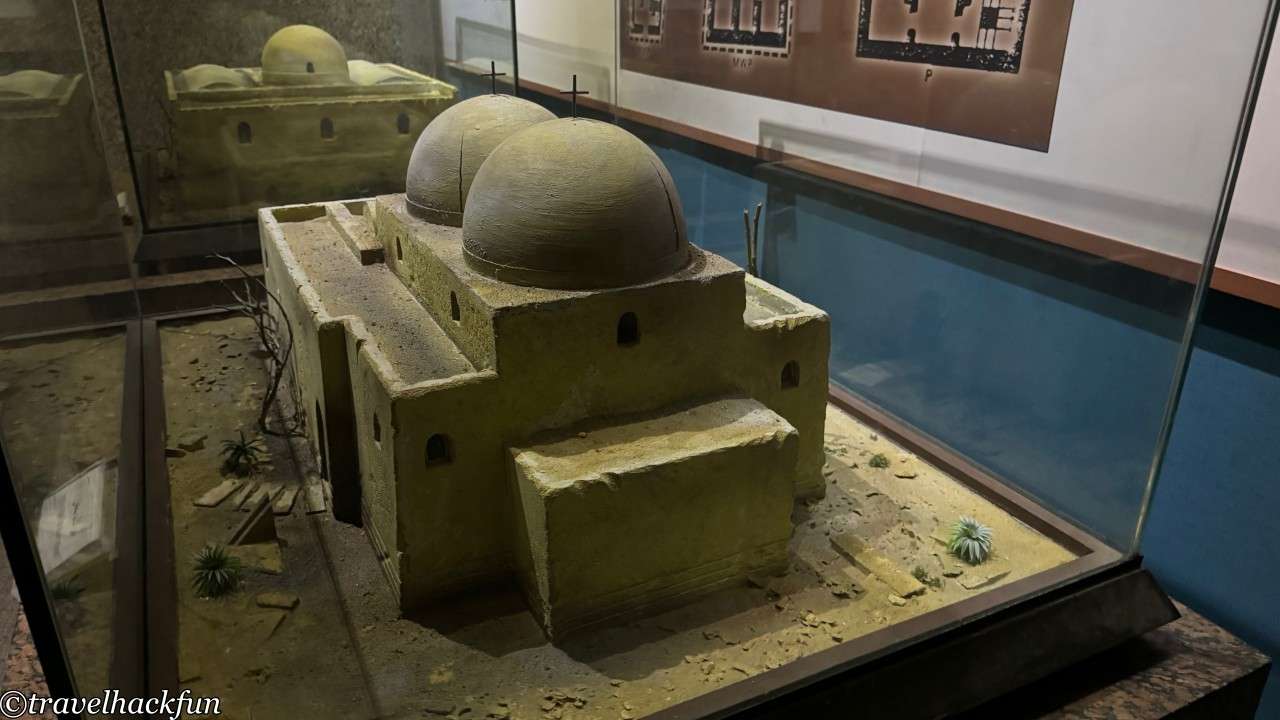
After signing the Baqt treaty with the Arab Empire in the 7th century, Nubia managed to maintain peaceful coexistence with the Arab world, and it wasn't until the late 12th century that Nubia gradually became Islamicized. The fall of the Kingdom of Makuria in 1317 marked the end of Christianity in Nubia, with the region being fully integrated into the Islamic world.
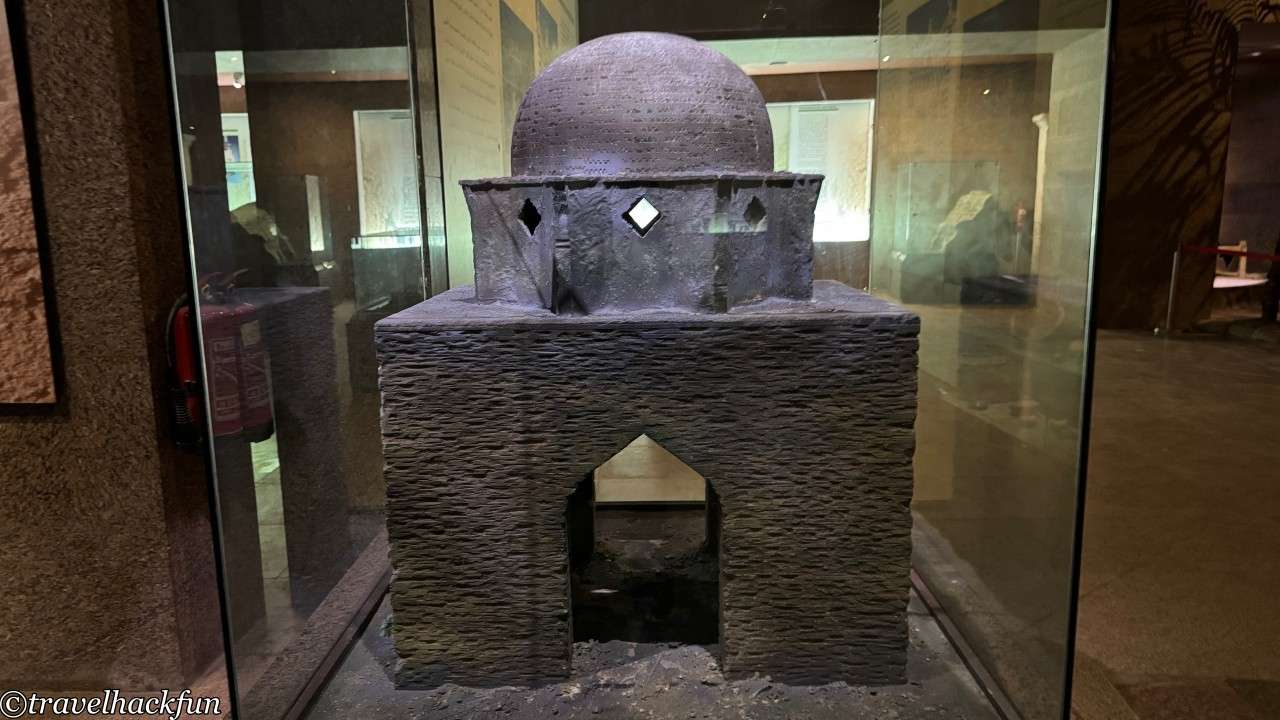
In the 20th century, Nubia’s history reached a significant turning point. The construction of the Old Aswan Dam (built between 1898 and 1902) and the High Aswan Dam (completed between 1960 and 1971) led to the flooding of many Nubian villages and historical sites. Although the dams contributed to agricultural development and hydroelectric power, they also forced the Nubian people to relocate, drastically altering Nubia’s cultural and economic structure.
The construction of the High Dam led to one of the largest archaeological rescue missions in history. Archaeologists and engineers from around the world worked together to relocate several temples, including the Abu Simbel and Philae Temples. The Nubian Museum showcases detailed records and models of this rescue mission, and many of the artifacts in the museum come from these saved sites.
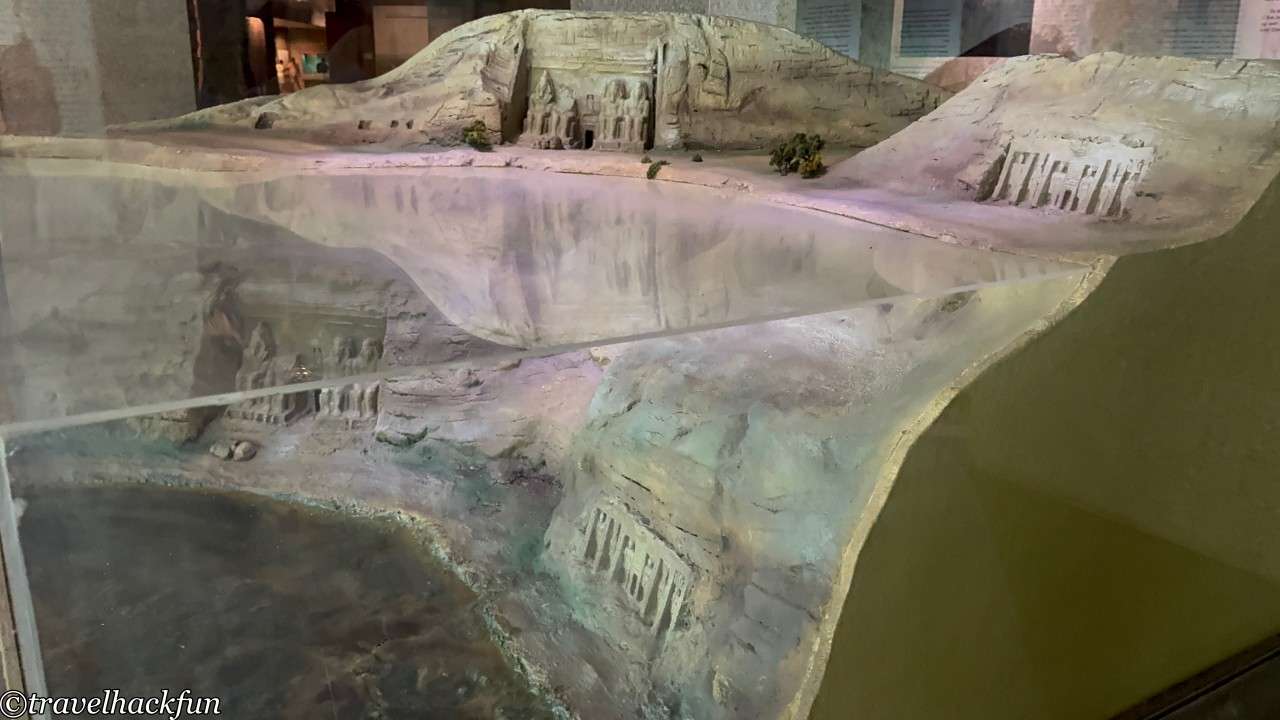
The indoor exhibition concludes with models showcasing Nubian life and culture, including agricultural practices, waterwheel irrigation, and the significance of palm trees in the Nubian economy.
![Egypt Travel] Nubian Museum | Nubian Museum | Step on the footsteps of ancient Nubia 23 Nubian museum, Nubian Museum 23](https://blog.travelhackfun.com/wp-content/uploads/2024/08/Aswan-186.jpeg)
![Egypt Travel] Nubian Museum | Nubian Museum | Step on the footsteps of ancient Nubia 24 Nubian museum, Nubian Museum 24](https://blog.travelhackfun.com/wp-content/uploads/2024/08/Aswan-188.jpeg)
![Egypt Travel] Nubian Museum | Nubian Museum | Step on the Footsteps of Ancient Nubia 25 Nubian museum, Nubian Museum 25](https://blog.travelhackfun.com/wp-content/uploads/2024/08/Aswan-190.jpeg)
Nubian Museum | Outdoor Exhibits
After exploring the rich indoor exhibits, don’t forget the Nubian Museum’s outdoor section. As you step outside, you’ll first encounter a display of ancient quarrying processes. In ancient times, Nubia’s high-quality stone was a crucial material for religious structures, and there were large-scale stone quarries around Aswan.
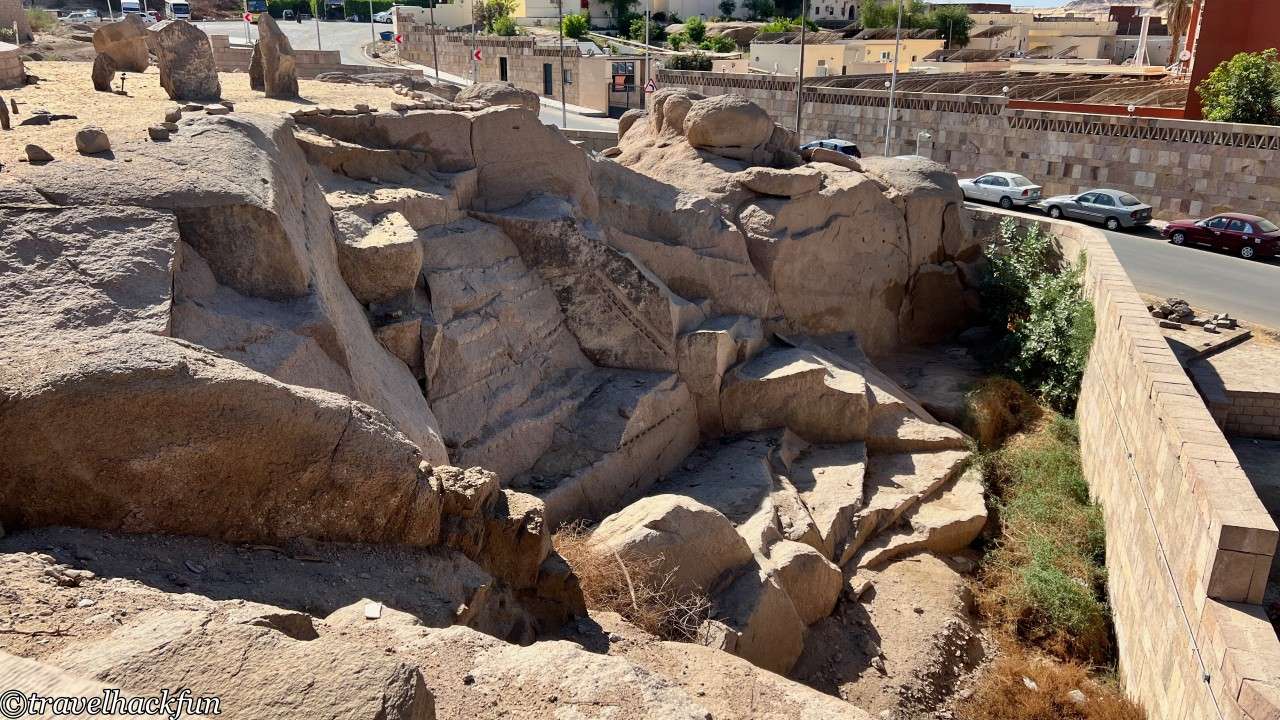
![Egypt Travel] Nubian Museum | Nubian Museum | Step on the footsteps of ancient Nubia 27 Nubian museum, Nubian Museum 27](https://blog.travelhackfun.com/wp-content/uploads/2024/08/Aswan-209-844x1500.jpeg)
![Egypt Travel] Nubian Museum | Nubian Museum | Step on the Footsteps of Ancient Nubia 28 Nubian museum, Nubian Museum 28](https://blog.travelhackfun.com/wp-content/uploads/2024/08/Aswan-210-844x1500.jpeg)
Next to the museum are displays of ancient ruins that allow us to walk the walls of the old city, which are a showcase of the late Nubian civilization, especially during the Coptic period. Next to the museum are the remains of the Nubian waterworks canal.
![Egypt Travel] Nubian Museum | Nubian Museum | Step on the footsteps of ancient Nubia 29 Nubian museum, Nubian Museum 29](https://blog.travelhackfun.com/wp-content/uploads/2024/08/Aswan-221.jpeg)
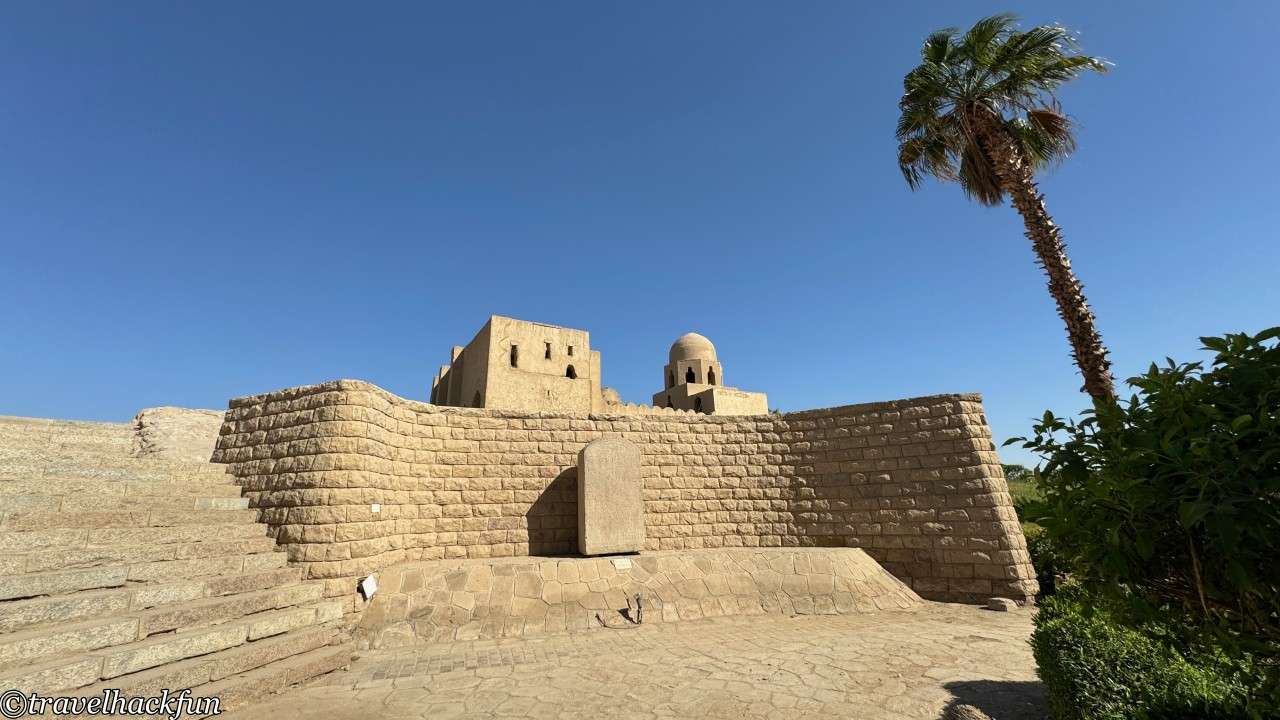
The expansive outdoor area features a model of a traditional Nubian house. While it is currently not open for entry, this half-constructed house showcases Nubia’s unique architectural style and design. Nubian houses typically have spacious courtyards, and the structures are built from mudbrick, with walls often decorated with colorful carvings and geometric patterns.
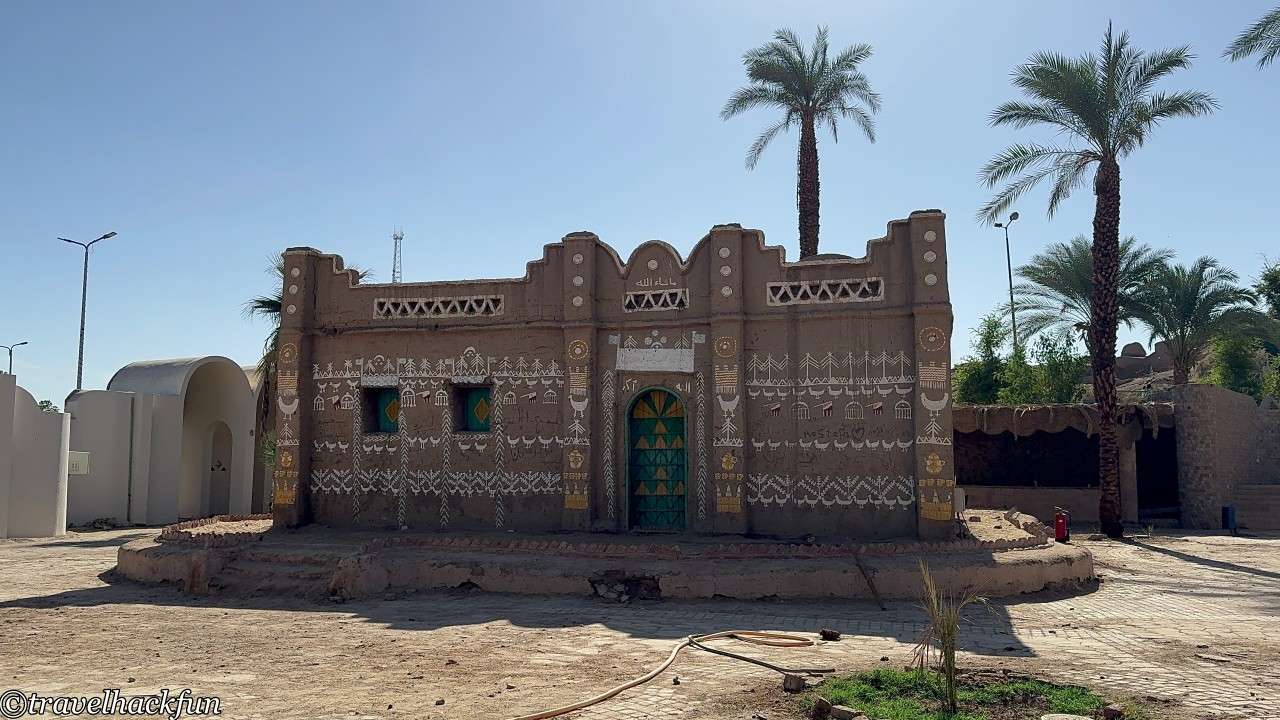
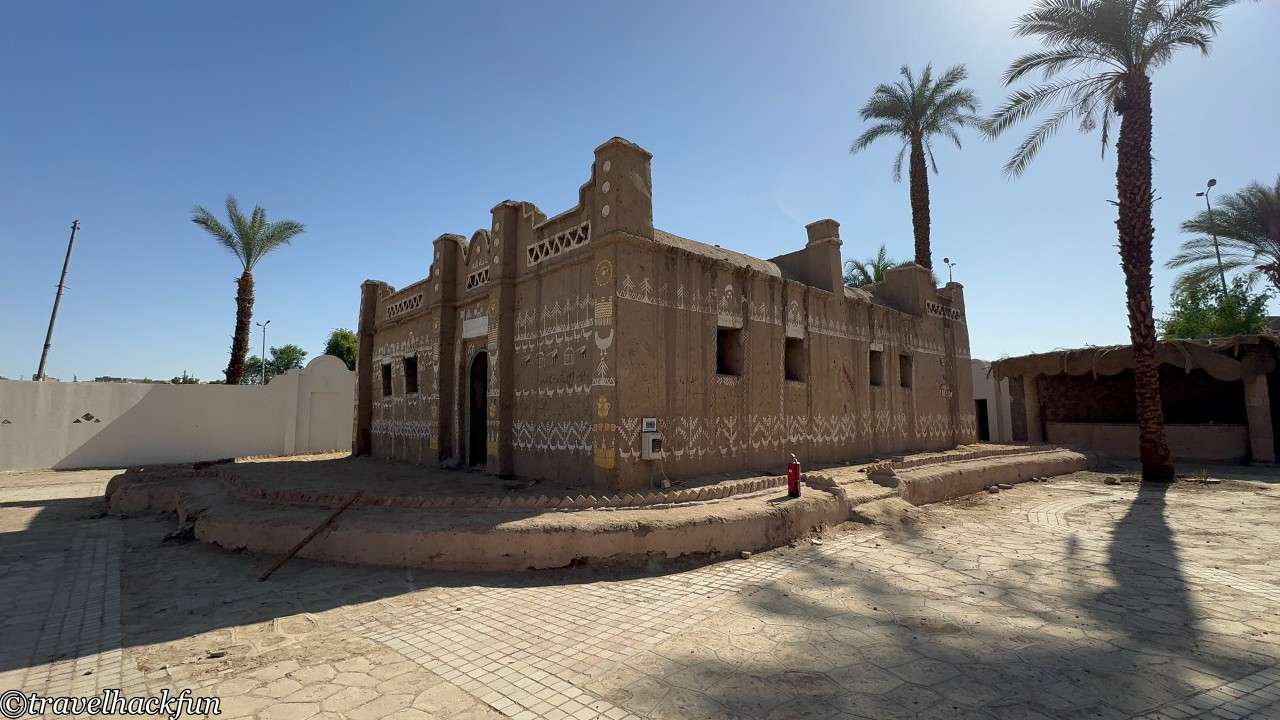
The outdoor exhibit also includes a tunnel that houses some prehistoric rock paintings.
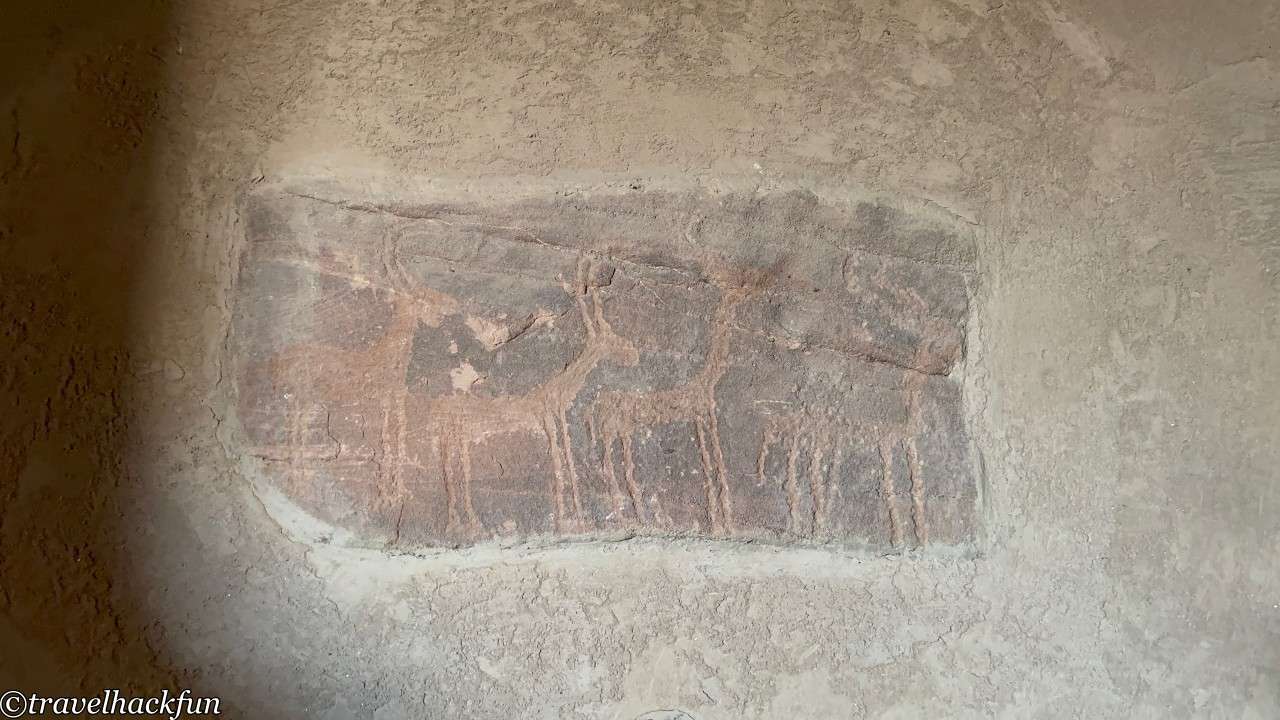
![Egypt Travel] Nubian Museum | Nubian Museum | Step on the footsteps of ancient Nubia 34 Nubian museum, Nubian Museum 34](https://blog.travelhackfun.com/wp-content/uploads/2024/08/Aswan-232.jpeg)
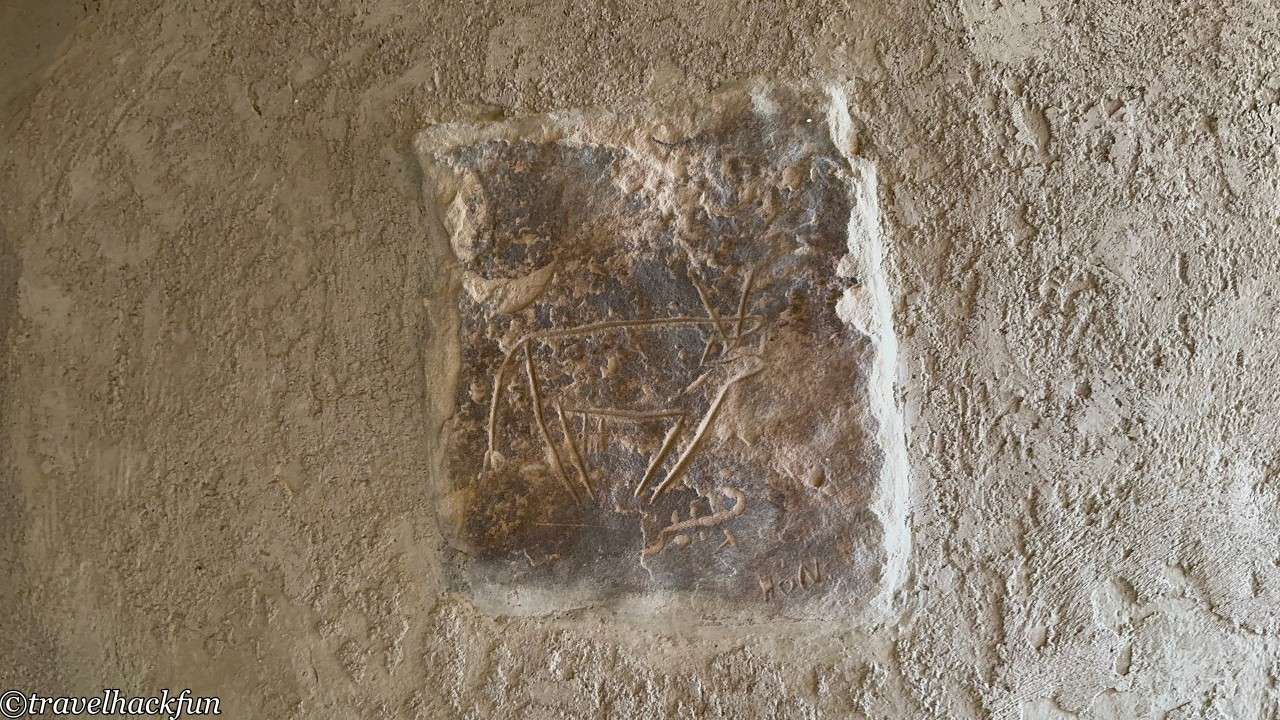
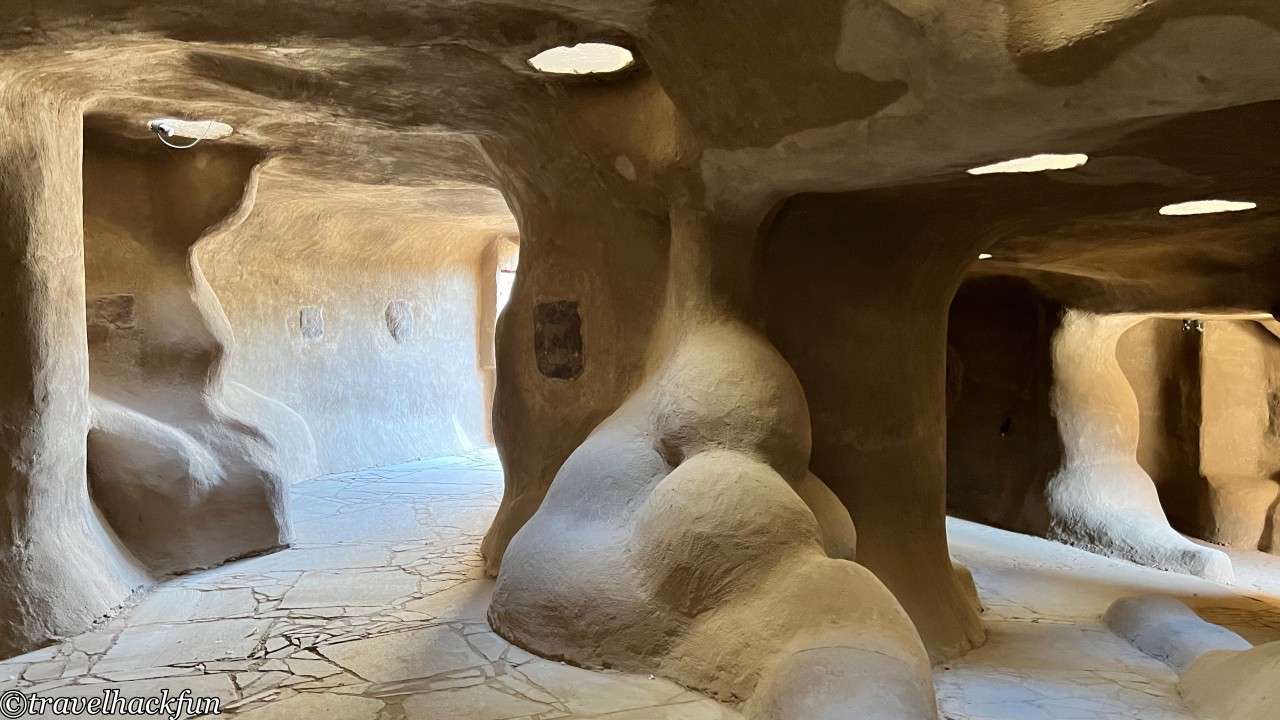
☕ Enjoying my travel notes?
You can Buy me a coffee to support what I do 🙌